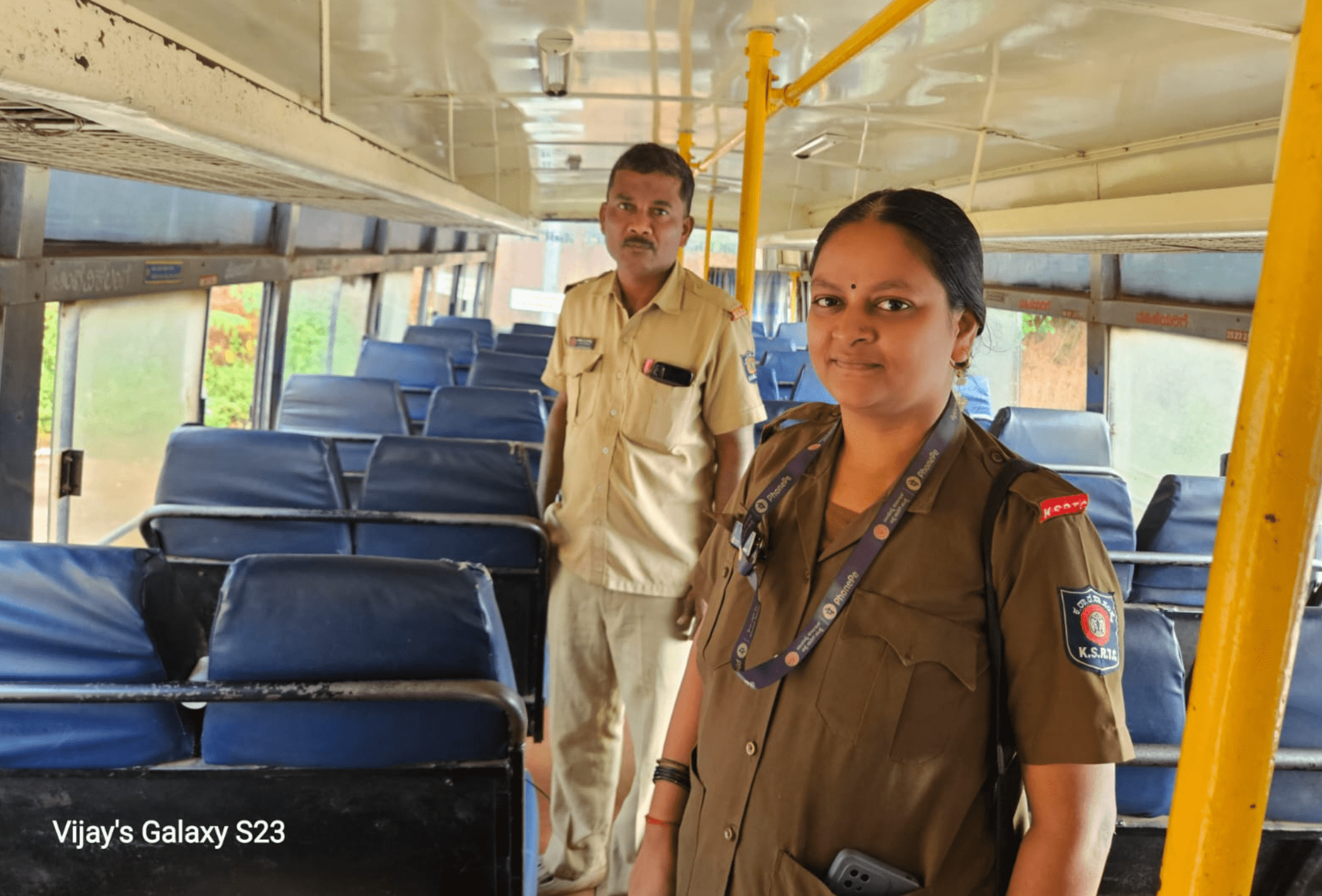If I quickly ask you to name a few movements, I’m sure at least one of these movements will cross your mind – the French Revolution or the Anti-Apartheid Movement from a global lens, the Indian Freedom Struggle or the Quit India Movement from an Indian perspective, or more recent ones like the #MeToo Movement and #BlackLivesMatter, which gained momentum through massive support on the internet.
While these movements may differ in their contexts, they all share one common thread – they became movements because people found a way to be part of them.
Now, you might wonder—how could someone who wasn’t at the forefront of a movement like the Civil Rights Movement in the United States still play a role in it? Well, it’s not always about giving powerful speeches or leading marches; sometimes, being part of a movement is about the small, quiet acts that create a ripple effect.
It’s the woman who refused to give up her seat on a segregated bus, the neighbours who sheltered activists during late-night meetings, or the diner owner who quietly served Black customers when others wouldn’t. These ordinary people found their own ways to contribute, proving that a movement truly becomes powerful when everyone finds their place in it.
Do you know the story of Usha Mehta? When Gandhi launched the Quit India Movement in 1942, Usha, a young woman just 22 years old, studied law in Bombay. She was deeply inspired. She believed that a free country was not just Gandhi’s dream but that every Indian and all of us should do something about it.
However, she was stopped by her own father, who was deeply emotional and protective, from walking this dangerous road.
When most senior leaders, including Gandhi, were imprisoned, revolutionaries were cut off from one another, and newspaper editors were barred from publishing anything related to the movement, Usha Mehta established the secret radio station that became the voice of the movement.
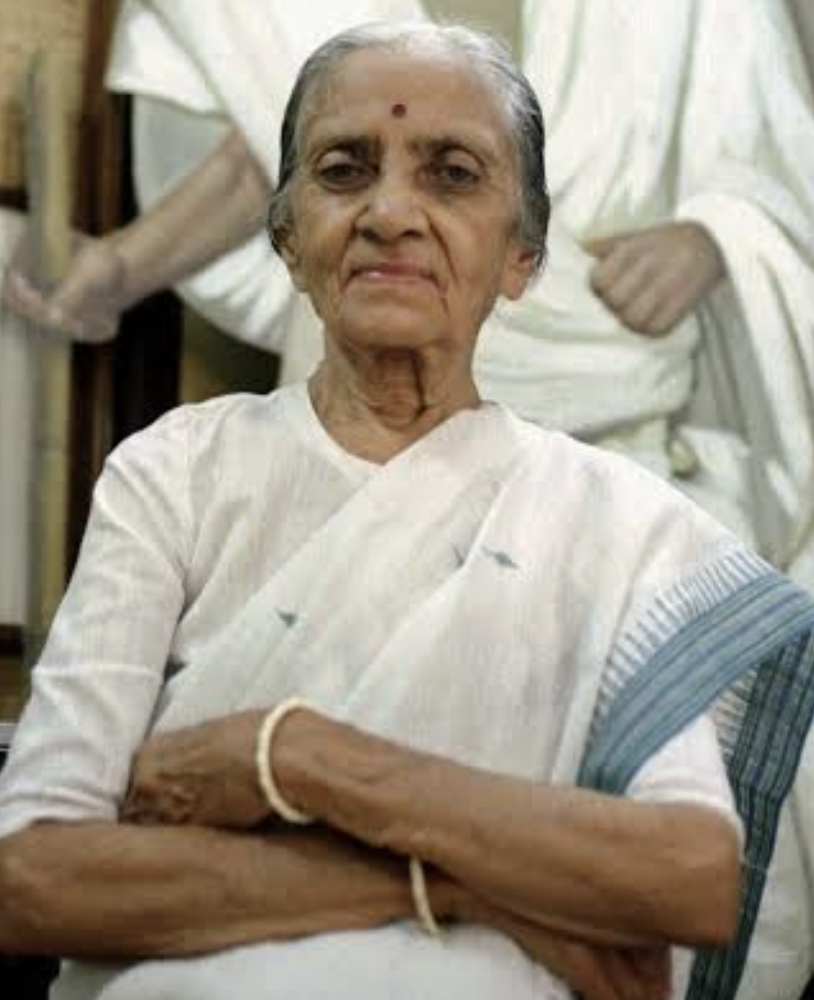
Operating from hidden locations, Usha ran the secret radio station successfully, managing to keep it undetected for a long time. Despite the constant surveillance of the British, the station broadcasted news, speeches, and messages that kept the movement alive.
Recently, a film titled Ae Watan Mere Watan was released on Amazon Prime, where Sara Ali Khan portrayed Usha Mehta.
The film beautifully captures how being part of a movement doesn’t require an invitation, a stage, a mic, or a podium.
If you truly believe in the cause and its purpose, you’ll always find a way to contribute, no matter how big or small.
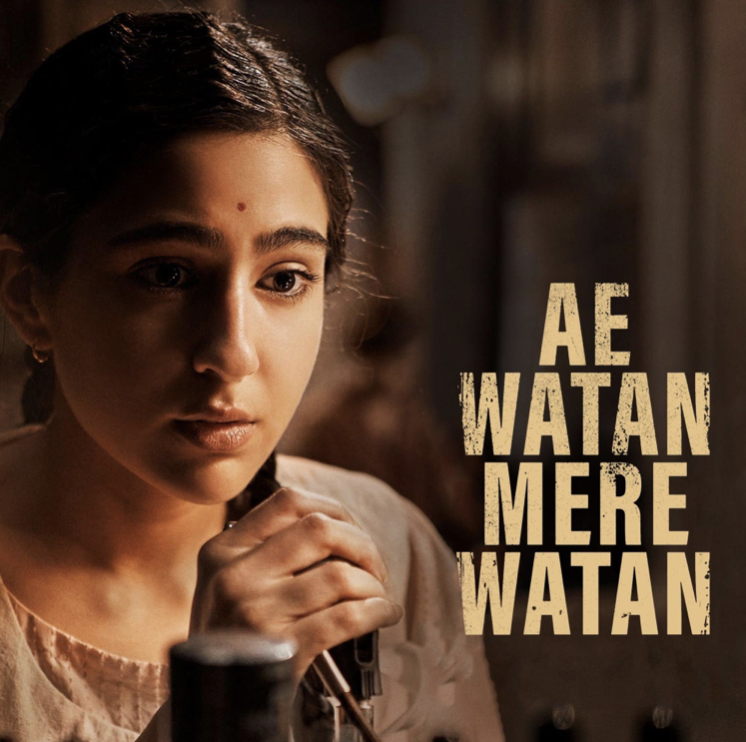
Now is a perfect time to introduce you to the hero of the story, Anita, a bus conductor working with the KSRTC, the public transport department of the Karnataka government in the Kumta to Siddapur route of the Uttar Kannada district. For me, Anita’s story is no less inspiring than Usha Mehta’s, and I will explain why.
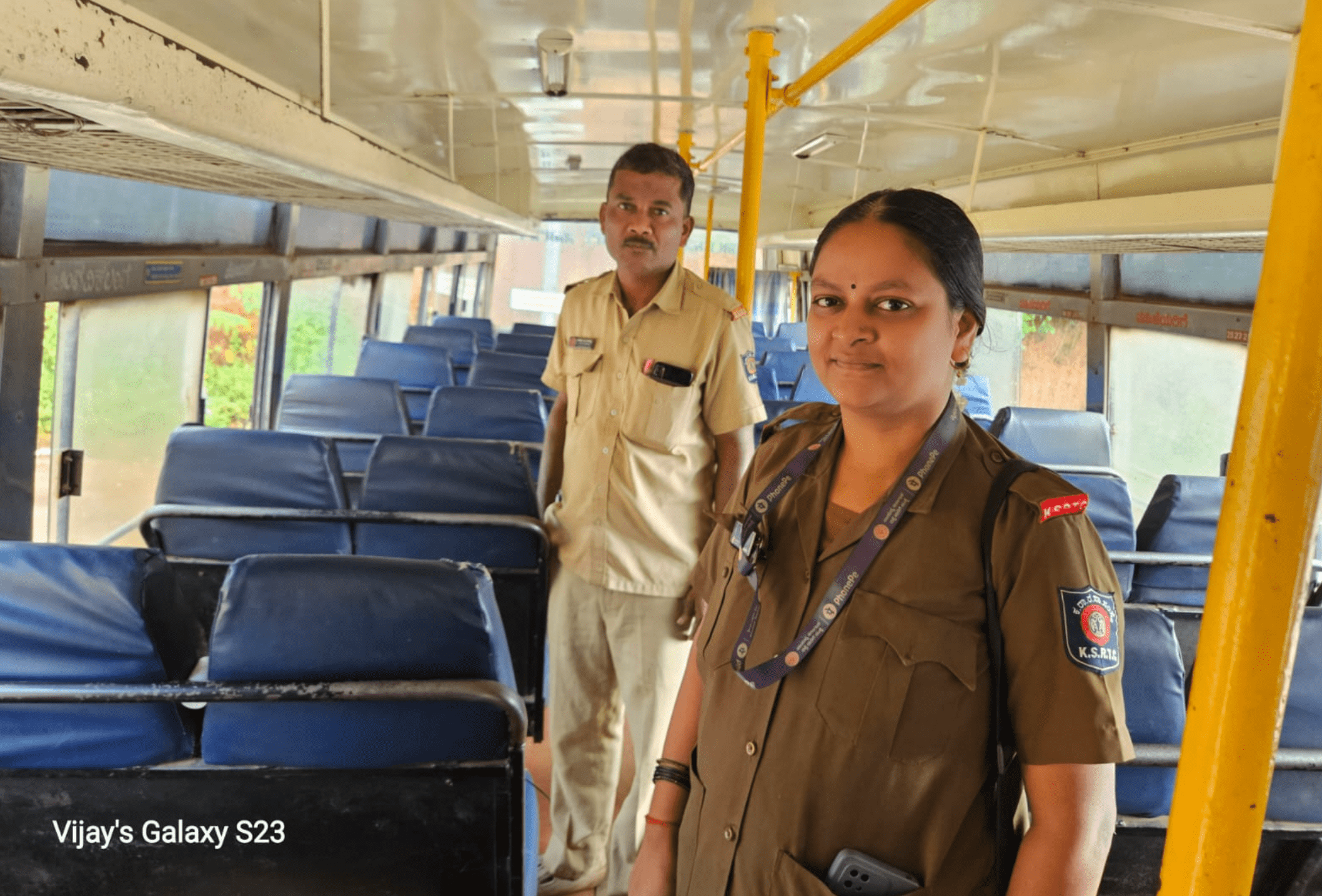
Education is one of the biggest and most complex challenges in India. There are countless statistics that highlight this, but I won’t add another one here to make this a lengthy read. Instead, let me ask you a question: What’s the combined population of Australia and New Zealand? Look it up, and you’ll realise that’s roughly the number of children who drop out of school in India every year.
When the situation is as dire as this, any effort—whether big or small—to keep children in school, in education, and within the ecosystem becomes a heroic act in my eyes. And the most straightforward way to contribute is by being in the social impact space, particularly in education. But what’s truly remarkable is finding a way to make a difference outside of this sector in spaces where most wouldn’t think to look.
That’s exactly what Anita does. As a bus conductor, she is far removed from the formal education system, yet she found her own way to contribute when she realised that her early morning bus shift was a lifeline for many school-going children.
Every day, she saw the children using public transport to reach their schools—and she knew that, even though she wasn’t part of the system, she could still make a difference.
Anita goes above and beyond in her role as a bus conductor. She remembers each child’s name, knows exactly where to pick them up and drop them off, and sometimes even waits for those running late. Through her care and attention, she builds a bond of trust with the students who take her bus.
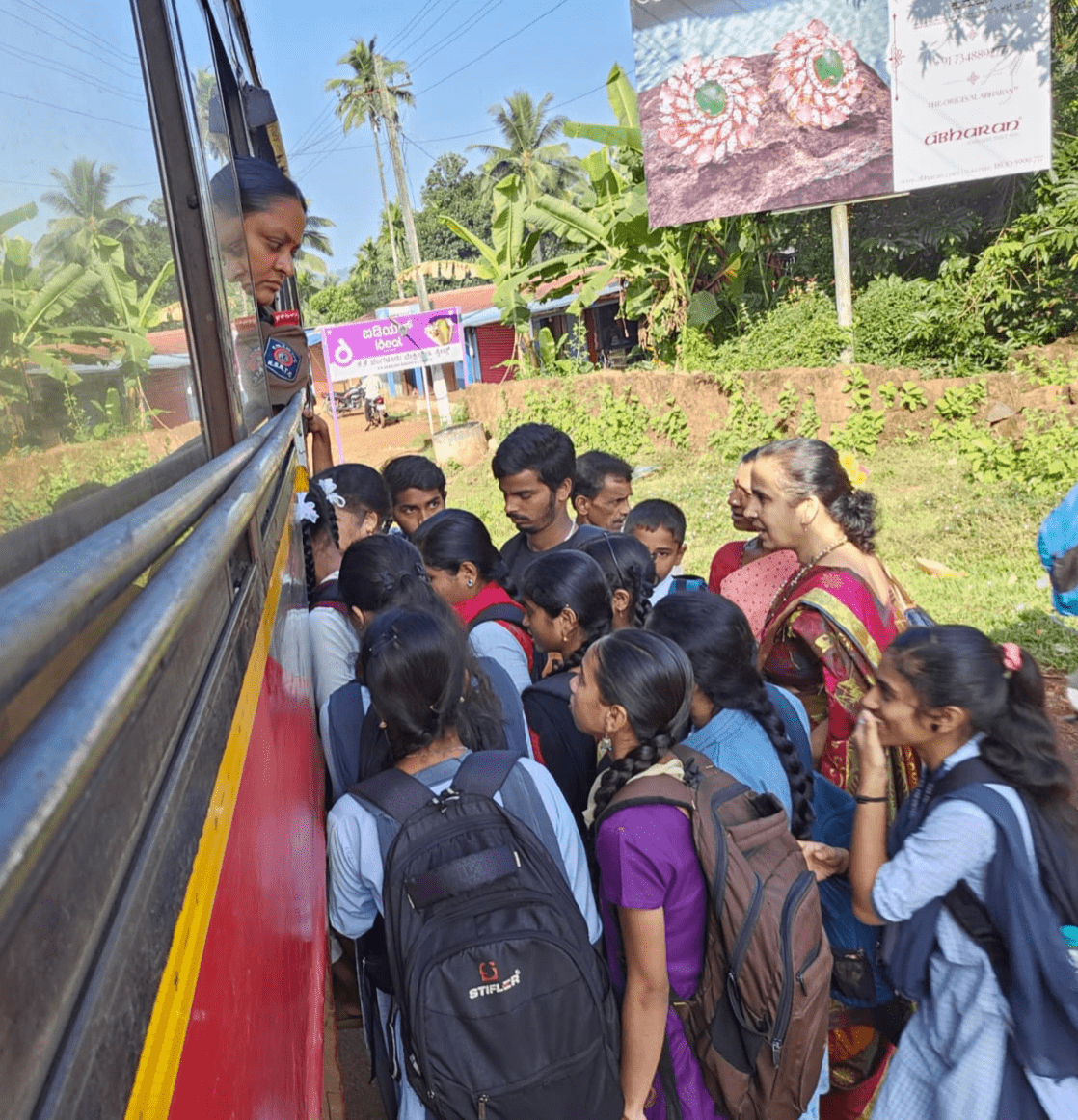
In India, safety—especially for girls—is a major concern for many parents when it comes to public transport. A lack of safe and reliable transportation is one of the reasons children drop out of school, as parents often have no choice but to pull them out to keep them safe.
Anita understands this struggle and takes it upon herself to make sure safety in her bus is never a reason for a child to miss school. By looking out for her young passengers and reassuring their families, she quietly advocates for their right to education. Through her simple yet powerful actions, she ensures that the journey to school is not just a commute but a step toward a brighter future and a step towards education, the slogan we all echo at Shikshagraha.
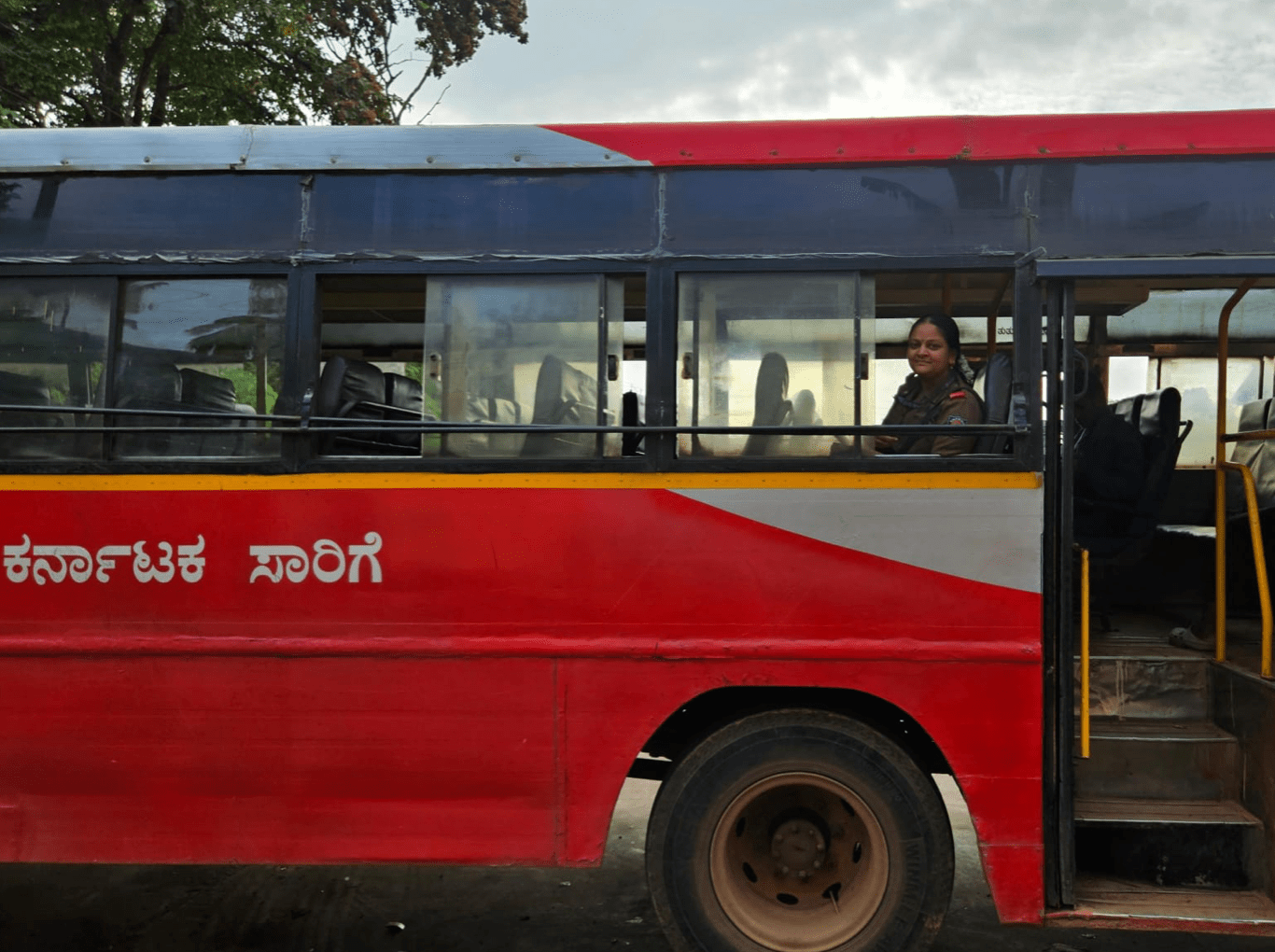
Through this story, if there’s one thing we want to leave you with, it’s this: Shikshagraha is a movement—a movement for education equity. However, a movement only becomes truly a movement when people like you find purpose and meaning in it. When you believe in what we do—that children are the future, and the future must be better than the present.
It’s about recognising and celebrating people like Anita, who, without being part of the formal education system, are still making a difference. They’re taking a step towards education to be part of something bigger—a movement.
The question is: will you join it? Will you take a step towards education? Will you be part of Shikshagraha?
Story By
Vijay V Kumbhashi
Associate Program Manager,
STEP Karnataka, Mantra4Change
Written By
Sushant Kumar
Associate Manager, Communications
Mantra4Change

